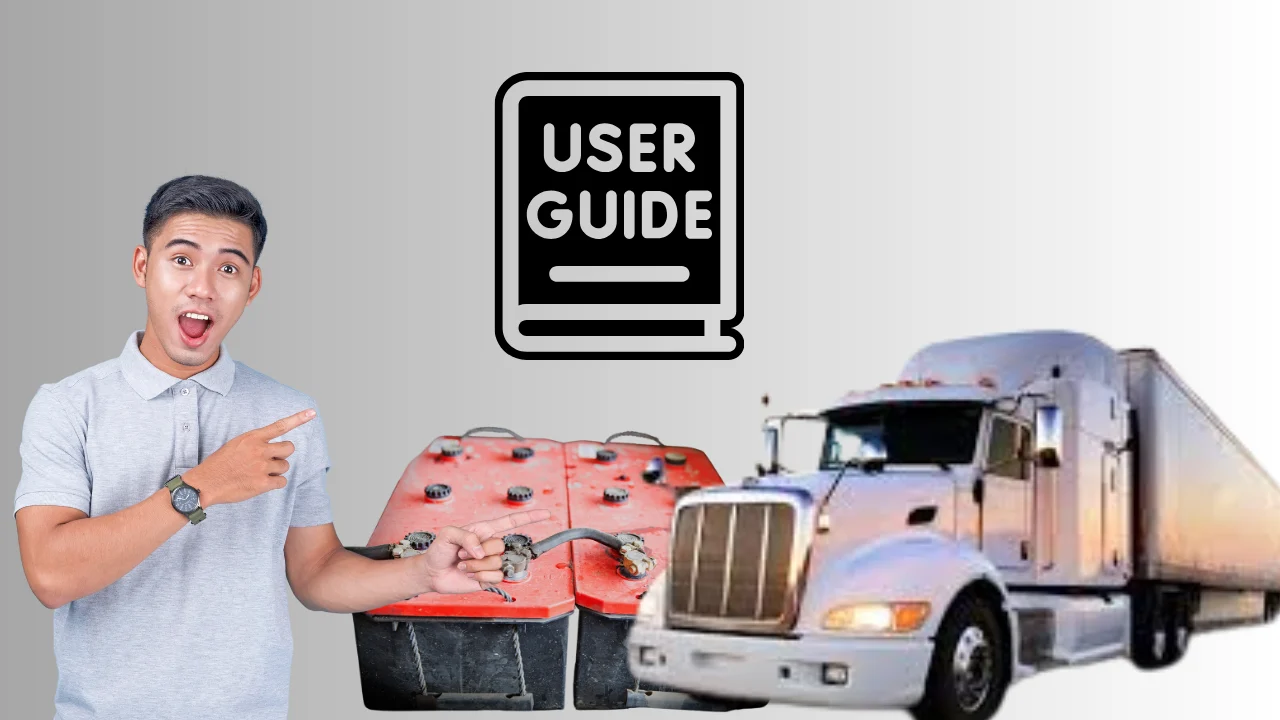If you’re like me and often find yourself in tricky situations with your truck, knowing how to jump start a diesel truck with 2 batteries is crucial. Diesel engines need about 400-600 amps to start, so understanding the right process can make a big difference, especially with two batteries in play. Discover the best jump starter for V8 engines to keep your vehicle powered.
This dual battery setup is a game-changer for diesel trucks, giving them the power they need for high-performance starts. While it sounds complex, with a few safety steps and a solid understanding, you can handle a jump-start safely and confidently.
Quick Fix
To jump start a diesel truck with two batteries, connect the positive jumper cable to the positive terminal of the first battery, then to the donor battery. Attach the negative cable to the donor’s negative terminal and ground it on the truck’s engine block. Start the donor vehicle, wait a few minutes, then start the truck.
What are the signs that indicate a diesel truck with two batteries needs a jump start?
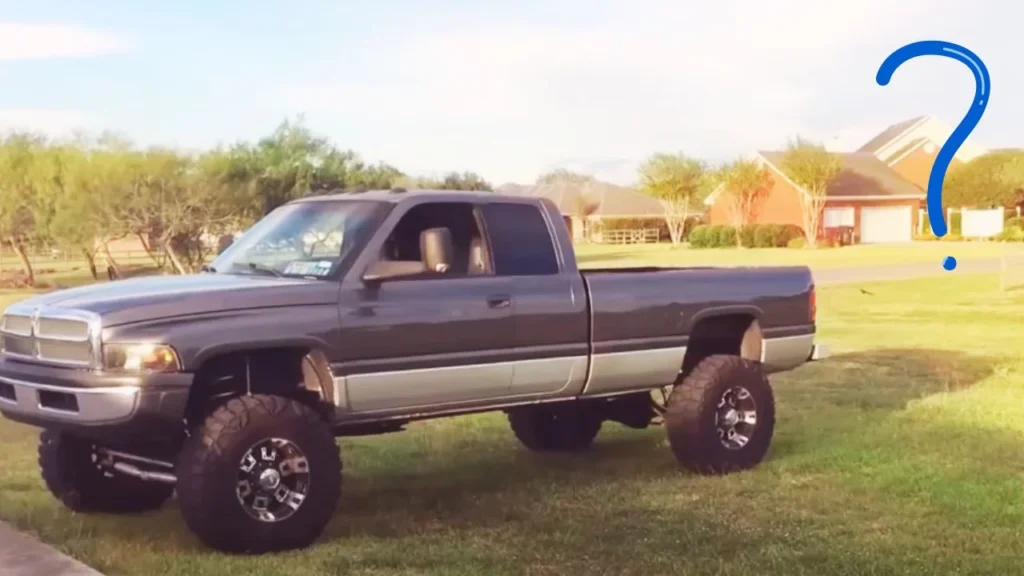
Signs that a diesel truck with two batteries needs a jump start include sluggish or failing engine cranking, dimming headlights, and weakened electrical functions like dashboard lights or radio power. You might also hear clicking sounds when trying to start the truck, indicating insufficient battery power to engage the starter motor.
In some cases, the vehicle may display warning lights on the dashboard, such as a battery or electrical symbol. Cold weather often worsens these symptoms, especially if the batteries are aging. Checking for these signs helps determine when your truck’s dual battery system requires a jump start. Explore the 6 best budget jump starter in 2024 for reliable and affordable options.
Why Diesel Trucks Use a Dual Battery System

When I first learned about diesel trucks with two batteries, I found it pretty intriguing. Diesel engines, which often have larger displacement, require significantly higher cranking power than gasoline engines. That’s where the two batteries come into play, delivering the extra boost diesel engines need.
Now, you might wonder why two batteries are necessary. Diesel engines can require up to 1,000 amps to get started, especially in colder weather. With each battery providing around 500 amps, the dual setup ensures that the engine gets the right amount of power without straining a single battery too much.
In most diesel trucks, these batteries are connected in parallel, meaning they combine their power to give the engine a reliable start. Unlike a series connection that doubles voltage, this setup keeps the voltage at 12 volts while providing twice the capacity. This design helps in prolonging battery life and improving reliability.
Required Tools and Equipment
Jump-starting a diesel truck with two batteries requires the right tools to ensure a safe, effective boost. Here’s a quick list of essential equipment you’ll need to get started, each carefully chosen to handle the extra power needed for diesel engines.
- Heavy-duty jumper cables: Rated at 1,000 amps or more to handle diesel power demands.
- Fully charged donor battery: Should match the truck’s voltage, typically 12 volts, to avoid electrical issues.
- Portable jump starter: Ideally, one with 2,000 peak amps for diesel compatibility, useful when a donor vehicle isn’t available.
Step-by-Step Guide | How to Jump Start a Diesel Truck with 2 Batteries
Jump-starting a diesel truck with two batteries may sound intimidating, but breaking it down step-by-step makes it easy. Let’s walk through each part, from positioning the vehicles to safely disconnecting the cables, ensuring a smooth process. Here’s a straightforward guide to get your truck back on the road quickly.
Step 1: Positioning the Vehicles

Park both vehicles close together, ideally within 2 feet, making sure they don’t touch. This positioning keeps the jumper cables accessible and helps avoid any accidental contact between the vehicles.
Step 2: Identifying Battery Terminals

Locate and check each battery’s terminals – each will have a positive (+) and negative (-) sign. Connecting to the correct terminals is crucial; 70% of jump-start issues arise from incorrect connections.
Step 3: Connecting the Jumper Cables
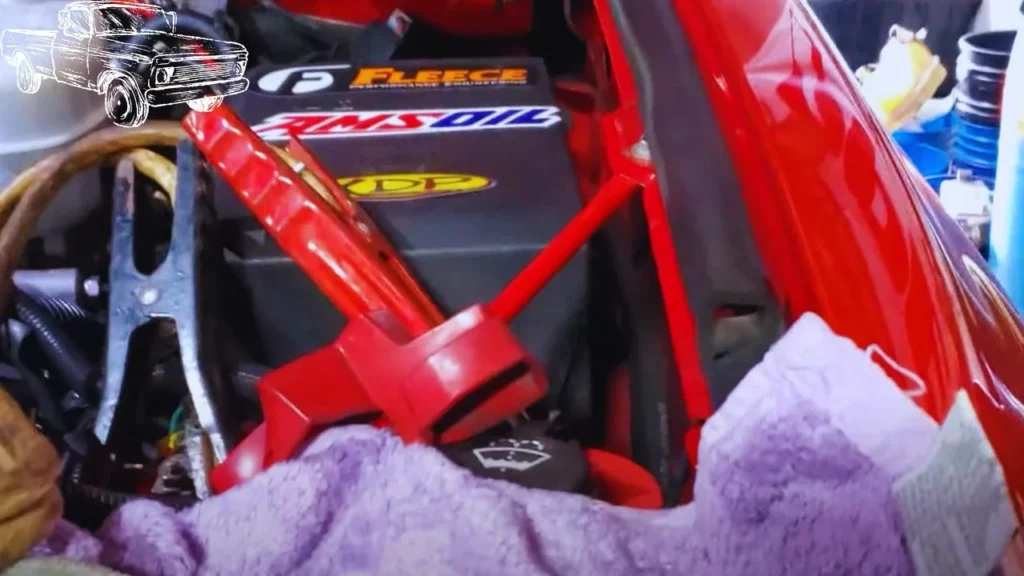
Begin by attaching the red (positive) clamp to the positive terminal on the dead battery. Next, connect the other red clamp to the positive terminal of the donor battery. Following this order can prevent common issues, which account for about 85% of jump-start failures.
Step 4: Starting the Engines

Start the donor vehicle and let it run for 5 minutes to help charge the dead battery. Afterward, try starting your diesel truck; with a good charge, most trucks start within 10 seconds.
Step 5: Disconnecting the Jumper Cables
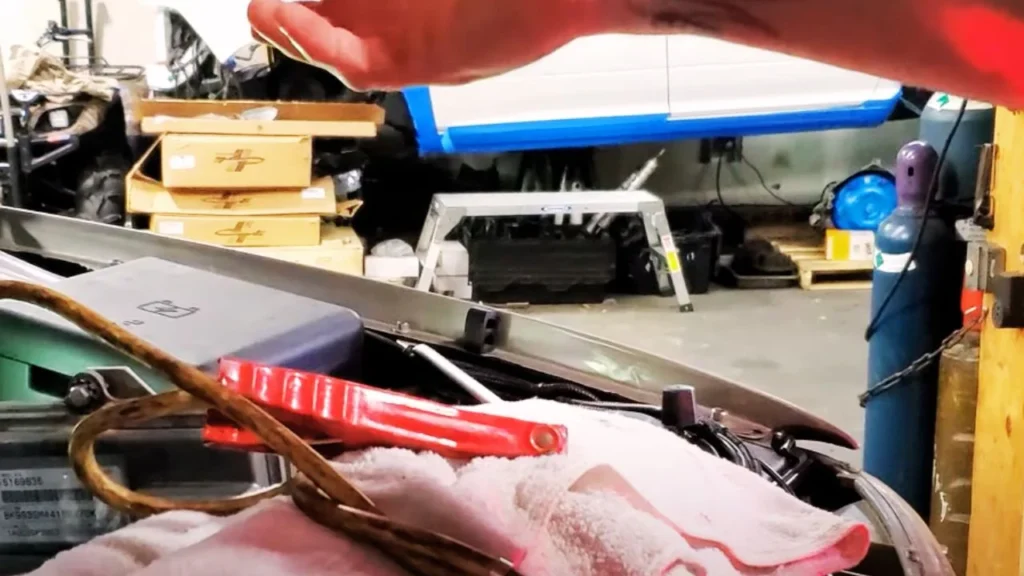
Finally, disconnect the cables in reverse order. Start with the negative clamp from the engine block, then the negative and positive clamps from the donor battery, and end with the positive clamp on the dead battery. Removing the cables in this order ensures maximum safety and a spark-free disconnect.
Post Jump-Start Considerations
Once you’ve successfully jump-started your diesel truck, there are a few important things to keep in mind to keep it running smoothly. First, let the engine idle for at least 20-30 minutes. This allows both batteries to recharge and builds up enough power for the next start.
Keeping an eye on your vehicle’s electrical system is also wise. Look for signs of battery drain, like dim lights or slow-starting, which can indicate charging issues. If the truck doesn’t hold a charge, it might be time to check or replace one or both batteries.
Lastly, a quick battery test can be a lifesaver. Most auto stores offer free battery tests, which measure charge levels in just a few minutes. Regular testing helps avoid unexpected issues, ensuring your diesel truck stays reliable. Discover how many amps are needed to jump start a car for a successful jump start.
Common Mistakes to Avoid
Jump-starting a diesel truck with two batteries might seem simple, but a few common mistakes can complicate things. Here’s what to watch out for:
Mixing Up the Terminals
One frequent mistake is connecting the cables to the wrong terminals, which can damage both vehicles. With nearly 40% of start-up issues caused by battery errors, this step is crucial.
Allowing Clamps to Touch
Keeping the clamps separated is essential, as letting them touch can create sparks or cause a short circuit. Aim for at least 5 inches between the clamps.
Using an Incompatible Donor Battery
Diesel engines need high power—typically 300-600 amps. Using a weak donor battery strains both vehicles, so ensure it’s up to the task.
Alternative Methods and Tools
Having backup tools can make jump-starting a diesel truck much easier. Let’s explore some effective alternatives like portable jump starters and battery chargers that are both practical and powerful.
Portable Jump Starters

When jump-starting a diesel truck, having alternative tools can be a lifesaver. For instance, portable jump starters are fantastic; some models can provide up to 2,000 amps, perfect for diesel engines. They’re convenient, especially if another vehicle isn’t available.
Battery Chargers

Battery chargers are another great option if you have time to spare. They typically recharge a battery within 3-8 hours, depending on the model. I always recommend investing in one with at least a 12-volt setting for most truck batteries.
Extending Battery Life
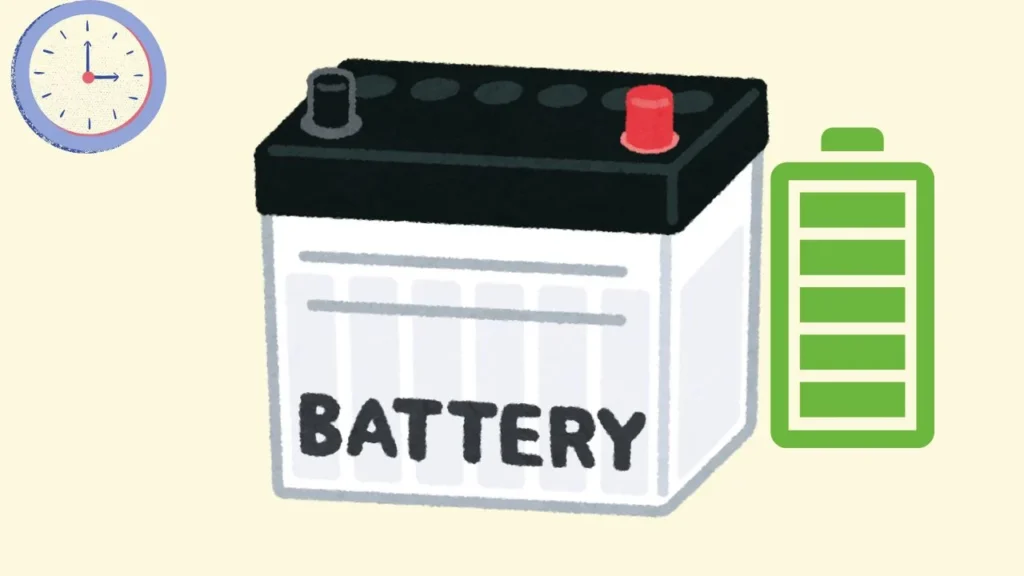
Using these tools can extend your battery life significantly, often by 25-30% if properly maintained. So, when possible, keep a reliable portable jump starter or charger around; they’re worth the investment.
Safety Guide
Jump-starting a truck safely requires careful preparation and awareness. By following essential safety steps, you can minimize risks and ensure a smooth, successful start.
Positioning the Vehicles

Ensure both vehicles are securely in park or neutral, with parking brakes engaged. This will prevent any movement and set a safe foundation for the jump-start process.
Turn Off All Electronics
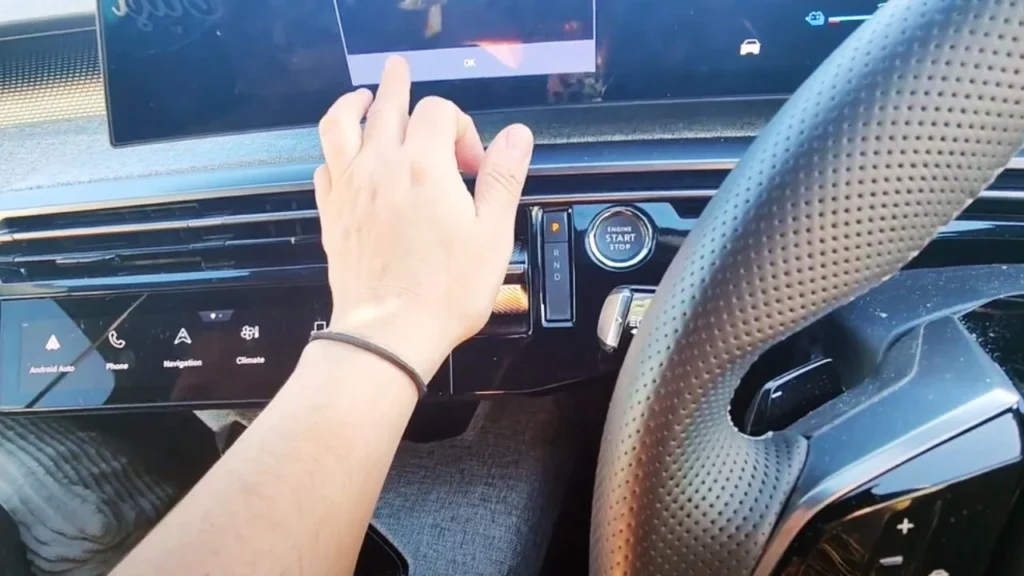
Shut down all electrical components, including headlights, radio, and air conditioning. This minimizes extra power drain and reduces the risk of sparks during the jump.
Use Quality Jumper Cables

Choose high-quality, 4-6 gauge jumper cables for the best conductivity and safety. Ensure both batteries have the same voltage, usually 12 volts, to avoid overloading.
Properly Connect the Jumper Cables
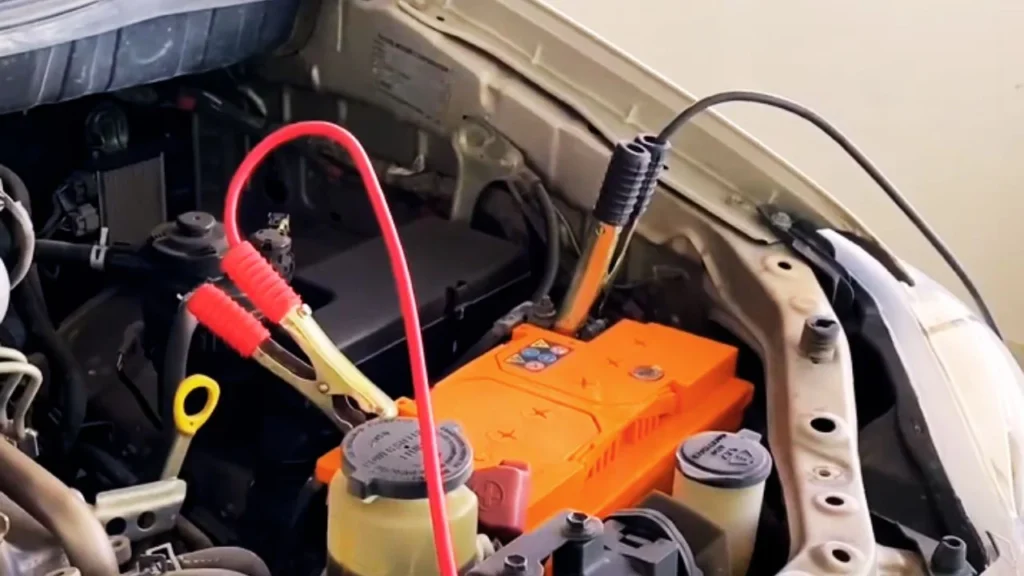
Attach the cables carefully: start with the red clamp on the positive terminal of the dead battery, then the positive terminal on the good battery. Connect the black clamp to the negative terminal of the good battery, and lastly, attach the other black clamp to an unpainted metal surface on the truck’s engine block or frame.
Avoid Open Flames and Sparks

Stay clear of open flames or sparks near the battery, as it can emit flammable hydrogen gas. This extra caution will prevent hazardous incidents.
Disconnect and Recharge Safely
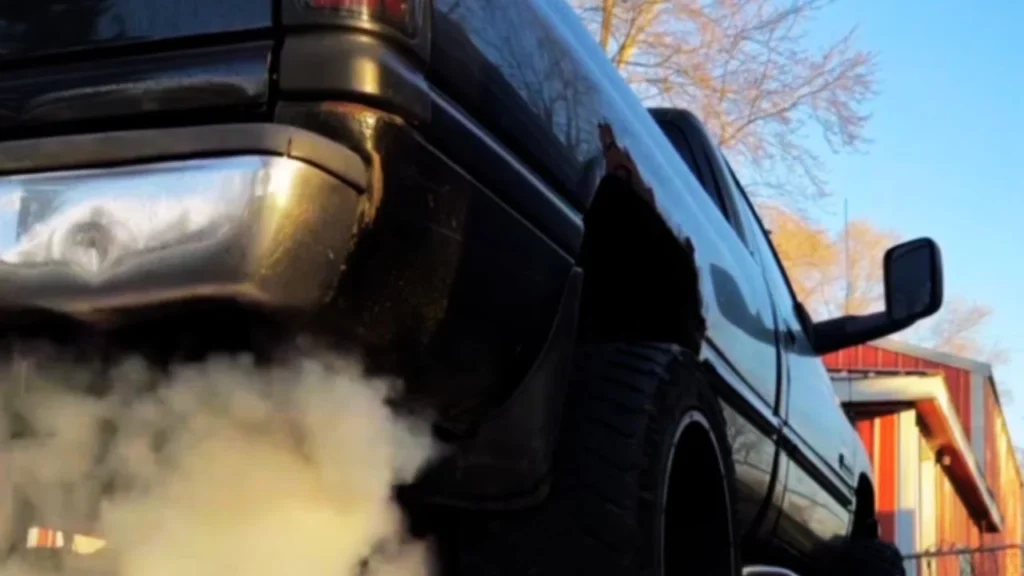
Once the truck is running, disconnect the cables in reverse order and let the engine idle for 15-20 minutes to recharge the battery. Find out if a hybrid can jump start a normal car in our detailed guide.
Final Words
Jump-starting a diesel truck with two batteries can feel tricky, but by following these steps, you’re set up for success. Just remember, about 20–30 minutes of idling afterward helps recharge the batteries fully.
Learning how to jump start a diesel truck with 2 batteries not only saves time but also prevents future battery issues. Next time, you’ll feel confident, knowing your truck will be up and running smoothly when it counts most! Learn what you need to know about jump starting a car with a bad alternator and possible solutions.
